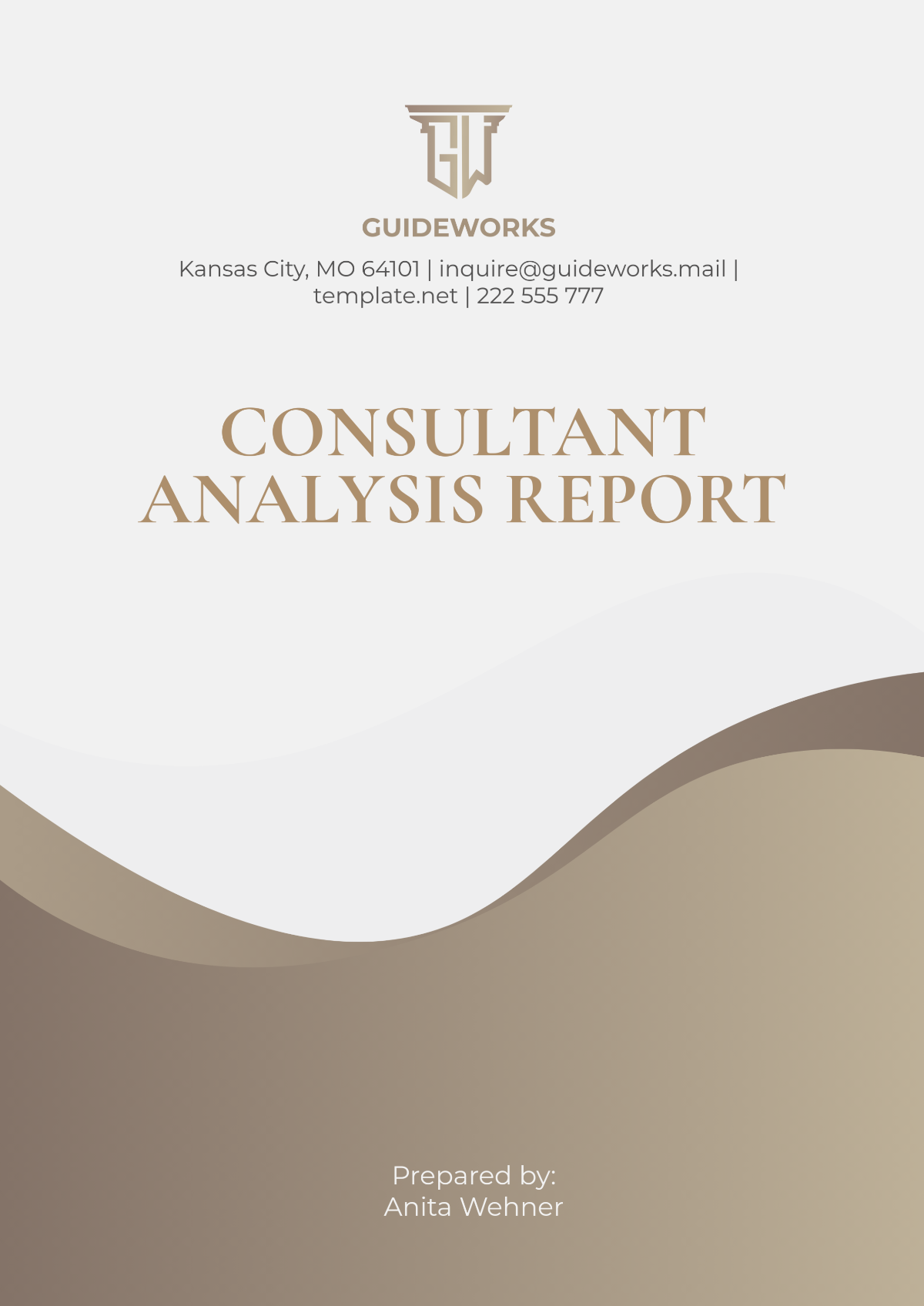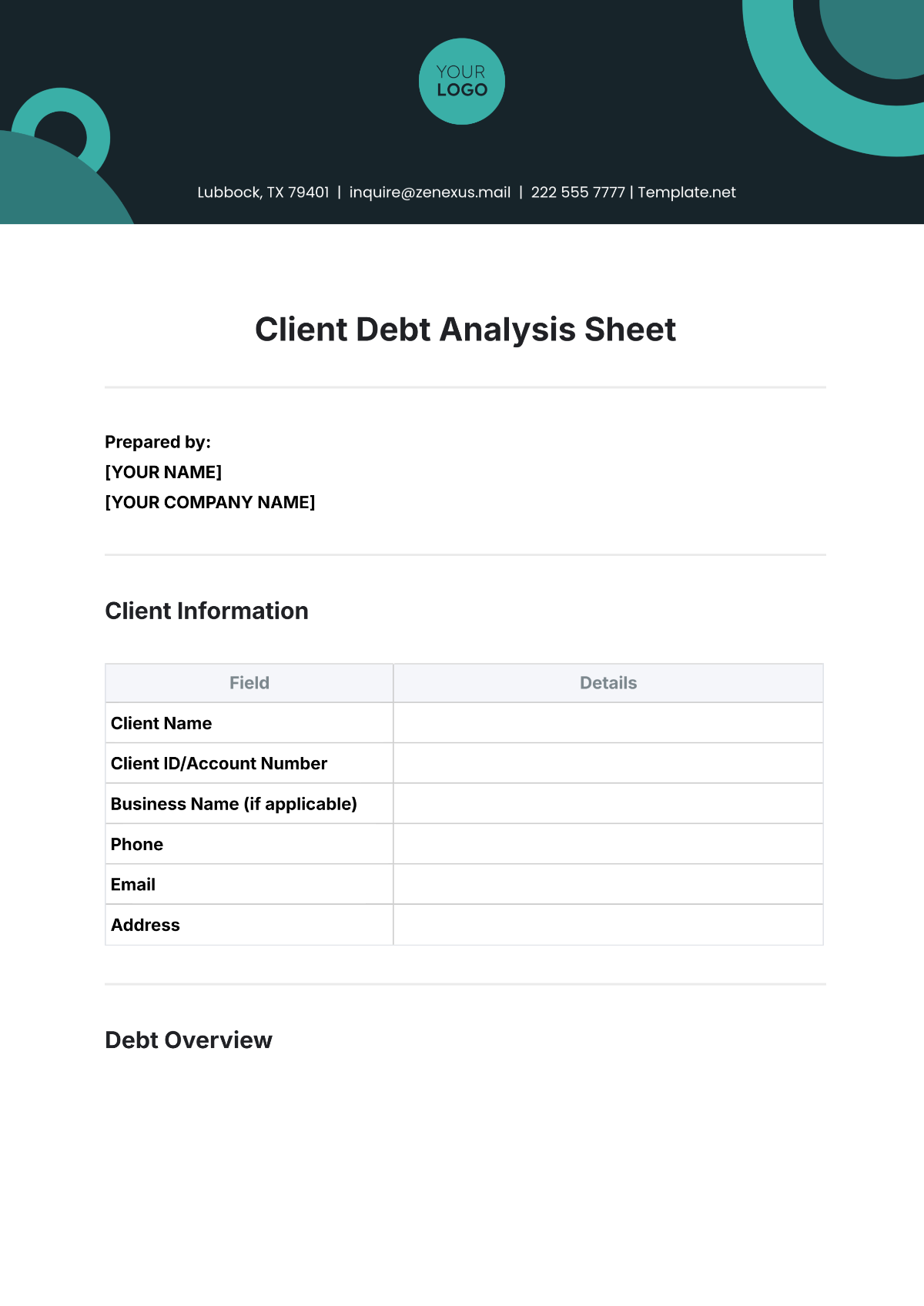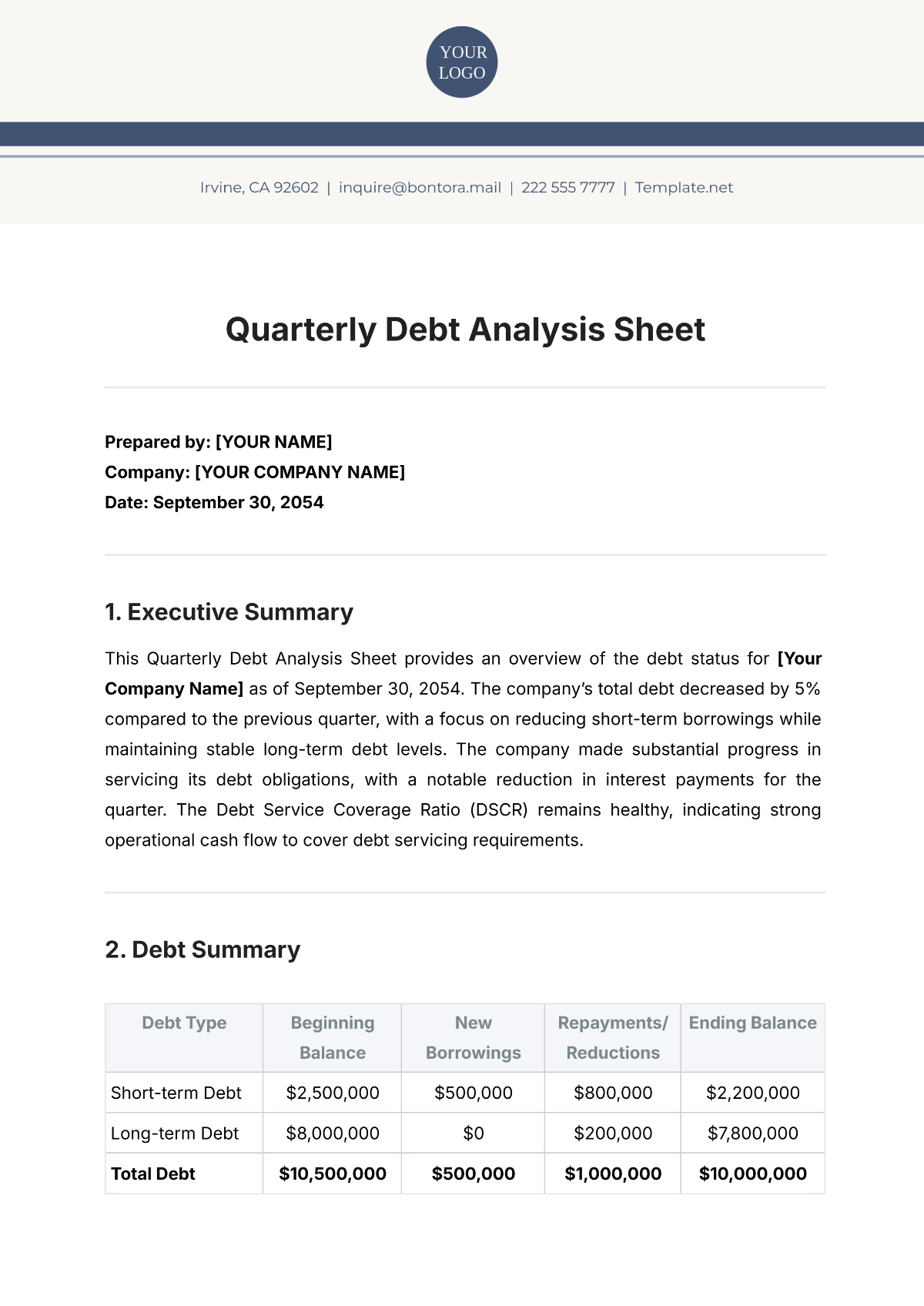Gym Retention Analysis
I. Executive Summary
This section provides a comprehensive overview of the gym's retention metrics and key findings from the analysis. It highlights primary insights and actionable recommendations to improve member retention rates.
A. Objectives
The primary objectives of this Gym Retention Analysis are to:
Identify key factors influencing member retention, such as engagement levels, facility satisfaction, and pricing perceptions.
Analyze trends and patterns in membership data to understand member behavior and preferences better.
Provide actionable recommendations to improve retention rates, focusing on personalized training programs, regular member feedback mechanisms, and incentives for long-term memberships.
B. Key Findings
[Your Company Name]'s current retention rate stands at [0]%, indicating areas for improvement. A significant factor contributing to member attrition is a lack of engagement, with members citing boredom or dissatisfaction with their workout routines. Additionally, the analysis revealed that some members perceive the facilities as outdated or lacking in certain amenities compared to competitors. Pricing was also identified as a key issue, with some members expressing concerns about the value for money compared to other gyms in the area.
On a positive note, several effective retention strategies were observed. Personalized training programs tailored to individual fitness goals and abilities were well-received by members and contributed to higher retention rates among those participating. Regular solicitation of member feedback through surveys or suggestion boxes has also been successful in addressing concerns and improving overall satisfaction. Furthermore, offering incentives for long-term memberships, such as discounted rates or exclusive access to premium facilities, has shown promise in retaining members over extended periods. Understanding these findings can help [Your Company Name] develop targeted strategies to enhance member retention and overall satisfaction, ultimately improving the gym's long-term success.
II. Data Analysis
This section provides a detailed analysis of the data collected to understand the retention metrics and contributing factors affecting [Your Company Name]'s membership.
A. Membership Demographics
The analysis begins with an examination of the demographic breakdown of [Your Company Name]'s members. This includes age, gender, and location, providing insights into the composition of the gym's membership base.
The line graph illustrating [Your Company Name]'s membership demographics reveals significant insights into the composition of the gym's clientele. The age distribution shows that the largest segment of members falls within the 26-35 age range, accounting for 35% of the total membership. This suggests that the gym is particularly appealing to young professionals and adults in their early careers, who are likely looking for a fitness routine that fits into their busy schedules. The next largest age group is the 18-25 range, comprising 25% of the members. This indicates a strong presence of college students and young adults who are keen on maintaining their fitness. Both the 36-45 and 46+ age groups each represent 20% of the membership, showing a steady interest across middle-aged and older adults.
The gender distribution is perfectly balanced, with males and females each making up 50% of the membership. This even split highlights the gym's ability to cater equally to both genders, suggesting that the facilities, classes, and overall environment are inclusive and appealing to a wide audience. By understanding these demographics, [Your Company Name] can tailor its services and marketing efforts to enhance engagement and retention across different age groups and genders, ensuring that the needs of all members are met effectively.
B. Enrollment and Cancellation Trends
Reviewing the monthly and annual trends in membership enrollment and cancellations provides valuable insights into the growth or decline of [Your Company Name]'s membership base. The following table summarizes the enrollment and cancellation data for the first three months of the year:
The data reveals that January started strong with 50 new enrollments, followed by a slight dip in February with 45 new members. March showed a promising increase with 60 new enrollments, indicating a growing interest in the gym's offerings. This upward trend in enrollments suggests that the gym's marketing and promotional efforts are effectively attracting new members.
However, the cancellation trends reveal areas for concern. January saw 10 cancellations, which slightly increased to 12 in February and reached 15 in March. This rising trend in cancellations highlights the need to address potential issues that may be causing members to leave. By understanding the reasons behind these cancellations, such as engagement levels, facility satisfaction, or pricing concerns, [Your Company Name] can implement targeted strategies to improve member retention and ensure that the influx of new members is not offset by a high turnover rate. Addressing these issues will help stabilize and grow the gym's membership base over time.
C. Member Feedback Analysis
Summarize the feedback received from current and former members regarding their experience.
Feedback Volume: 150 responses
Top Positive Feedback Themes | Top Negative Feedback Themes |
|---|---|
Friendly staff | High membership cost |
Good facilities | Lack of equipment availability |
Supportive community | Crowded during peak hours |
Variety of classes | Inconvenient class schedules |
Clean environment | Difficulty canceling membership |
This table highlights the primary themes from member feedback, providing a clear understanding of what aspects of the gym are appreciated and where improvements are needed. By addressing the negative feedback themes, [Your Company Name] can enhance member satisfaction and retention.
III. Recommendations
Based on the comprehensive analysis of [Your Company Name]'s membership demographics, enrollment and cancellation trends, and member feedback, several strategic recommendations can be made to improve member retention. These recommendations focus on enhancing member engagement, improving facility amenities, and adjusting pricing strategies. Implementing these strategies will help [Your Company Name] create a more satisfying and appealing environment for its members, ultimately leading to higher retention rates.
A. Enhance Member Engagement
Engaging members is crucial for retention. The following list outlines strategies to boost member engagement by offering personalized programs, organizing social events, and fostering a sense of community within the gym. These initiatives aim to make members feel valued, motivated, and connected to the gym, encouraging long-term commitment.
Implement Personalized Training and Wellness Programs
Personalized training sessions
Customized workout plans
Nutritional counseling
Mental wellness support
Introduce Regular Social Events and Fitness Challenges
Member appreciation days
Fitness challenges and competitions
Group outings
Charity events
B. Improve Facility Amenities
Enhancing the gym's facilities can significantly impact member satisfaction and retention. The following list highlights ways to upgrade equipment, maintain cleanliness, and add new amenities, making the gym environment more attractive and enjoyable for members. These improvements aim to provide a high-quality experience that meets members' needs and expectations.
Upgrade Gym Equipment Regularly
Schedule regular equipment upgrades
Maintain diverse equipment options
Invest in the latest fitness technology
Ensure Cleanliness and Maintenance of Facilities
Implement stringent cleanliness protocols
Conduct regular facility inspections
Address maintenance issues promptly
Add More Amenities Such as Saunas, Steam Rooms, and Lounge Areas
Introduce relaxation amenities
Enhance member experience with additional features
Differentiate from competitors
C. Adjust Pricing Strategies
Flexible and attractive pricing strategies can help retain members by making gym membership more accessible. The following list outlines approaches to offer diverse membership plans and implement referral and loyalty programs, reducing financial barriers and rewarding member loyalty. These strategies aim to attract and retain a broader member base, ensuring sustained membership growth.
Offer Flexible Membership Plans and Discounts:
Monthly, quarterly, and annual plans
Pay-as-you-go or class-specific memberships
Discounts for students, seniors, and corporate partnerships
Introduce Referral Bonuses and Member Loyalty Programs
Reward members for referrals
Implement a loyalty program with exclusive perks
Offer incentives like discounted rates and special event invitations
IV. Conclusion
The analysis of [Your Company Name]'s membership demographics, enrollment and cancellation trends, and member feedback has provided crucial insights into the factors influencing gym retention rates. Key findings indicate that member engagement, facility quality, and pricing strategies significantly impact retention. Members appreciate friendly staff, good facilities, and supportive communities but express concerns about high membership costs and equipment availability. Addressing these issues is essential for improving retention rates and fostering long-term loyalty.
Implementing the recommended strategies—enhancing member engagement through personalized programs and social events, upgrading and maintaining facilities, and offering flexible pricing and loyalty incentives—will create a more appealing and supportive environment for members. These initiatives will not only improve member satisfaction but also differentiate [Your Company Name] from competitors. By focusing on these areas, [Your Company Name] can achieve higher retention rates, ensuring sustainable growth and success in the competitive fitness industry. Prioritizing member needs and continuously improving the gym experience will solidify [Your Company Name]'s reputation as a premier fitness destination.

















































